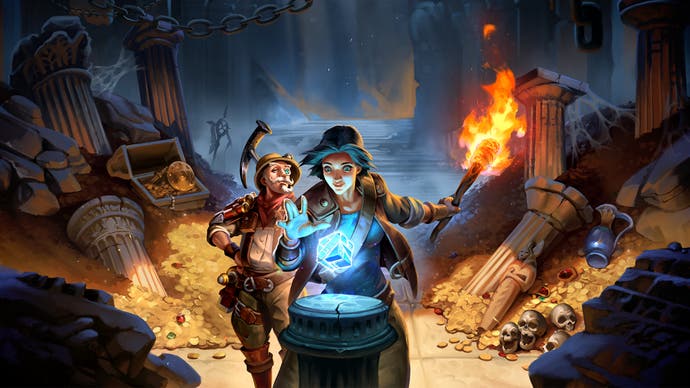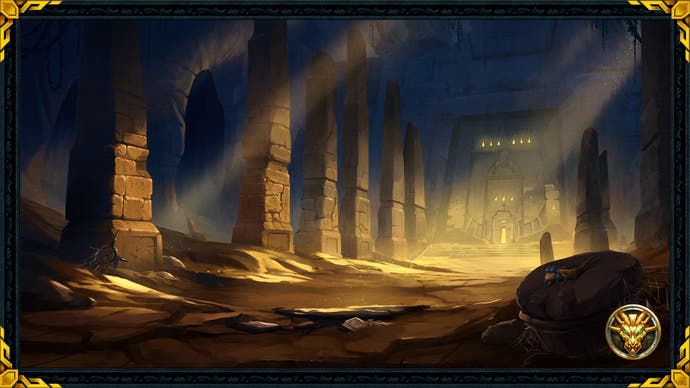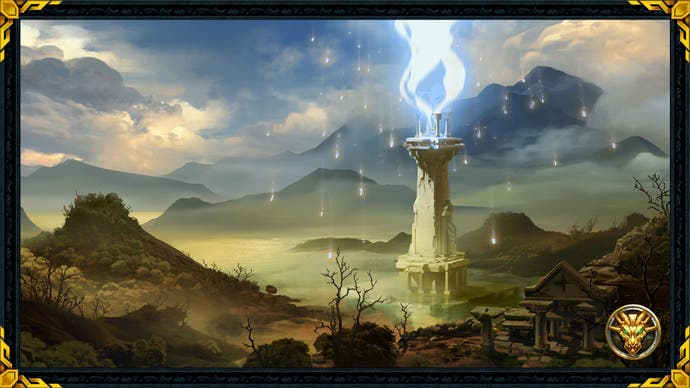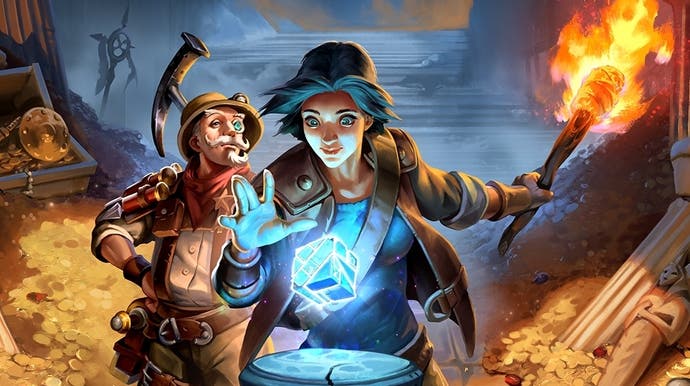Archaeology is RuneScape's first new skill in four years
It belongs in the Varrock Museum!
RuneScape 3 announced its 28th skill, Archaeology, will be released in January 2020.
The game's first new skill in four years, Archaeology will see you excavating dig sites across the world of Gielinor to uncover powerful weapons and lost artefacts.
Despite the introduction of The Land Out of Time, finally taking RuneScape 3 players to Fossil Island, 2019 has felt like a slow year for new content. The majority of updates, such as bank placeholders, have been quality of life updates and the planned Weapon Diversity update was cancelled.
Archaeology, however, allows RuneScape 3 players to enter 2020 with the assurance that there is a host of new content coming their way. Especially since 2020 also promises a number of quests, including a City of Senntisten quest and a planned Azzanadra quest.
If you play RuneScape, then you know that both of these quests are likely to involve the Archaeology skill. Especially since all that remains of Senntisiten are the ruins that lie east of Varrock, where the game's original dig site can be found.

Archaeology promises to be a combination of two types of RuneScape skills - gathering and manufacturing.
With your handy mattock, you'll discover damaged artefacts and the materials used to restore them. Not every material, however, is used for each artefact, so you may find yourself trading with other players.
Once you've restored an artefact you can make Indiana Jones proud and donate it to the museum or you can sell it to a collector. You can also decide to keep the artefact for yourself, just in case it will be useful later on.
As you delve further into the dig sites, you'll also uncover ancient abilities. Ancient Summoning will allow you to bind demons to your will through the Summoning skill, while Ancient Invention provides you with new blueprints for the Invention skill.
You may also discover forgotten Relics, which will grant you new permanent passive effect. One of these effects will be Slayer Introspection, which will allow you to pick a minimum or maximum number of Slayer monster when you're assigned a task.

Archaeology will give players who love RuneScape lore the opportunity to learn more about the world of Gielinor and its history.
"A lot of the joy of RuneScape for players, particularly for those who are story interested, is that there's so much that has happened in the past," Dave Osborne, Lead Designer of RuneScape 3 told Eurogamer at RuneFest 2019. "Multiple ages, God Wars, huge empires that players have heard about from characters and NPCs, but they haven't really got to experience."
Each dig site will have its own mystery for you to solve, which will reveal secrets from Gielinor's history.
Kharid-Et, the first dig site available, lies beneath the sand near the city of Al Kharid. Built by the followers of Zaros, this fortress was thought to be lost during the God Wars. Hidden within its depths are lost weapons and ancient magics.
At Level 20, you'll be able to journey beneath the Wilderness to discover the Infernal Source. Here you'll learn more about how demons first came to Gielinor and discover Ancient Summoning.


New dig sites will be released throughout 2020, including the Stormguard Cithdeal.
Osbrone said that Jagex "didn't want it to be the dusty version of archaeology that a lot of us have in our heads," while keeping "a bit of the RuneScape subversion." This includes answering the question - "What would it be like if you did archaeology upside down and delved through a floating island in the sky?"
You'll be able to train up to level 120 Archaeology from launch. Free-to-play players will be able to train up to Level 20 Archaeology. Archaeology is not an elite skill, meaning there will be no level requirements to meet before you can start excavating.

